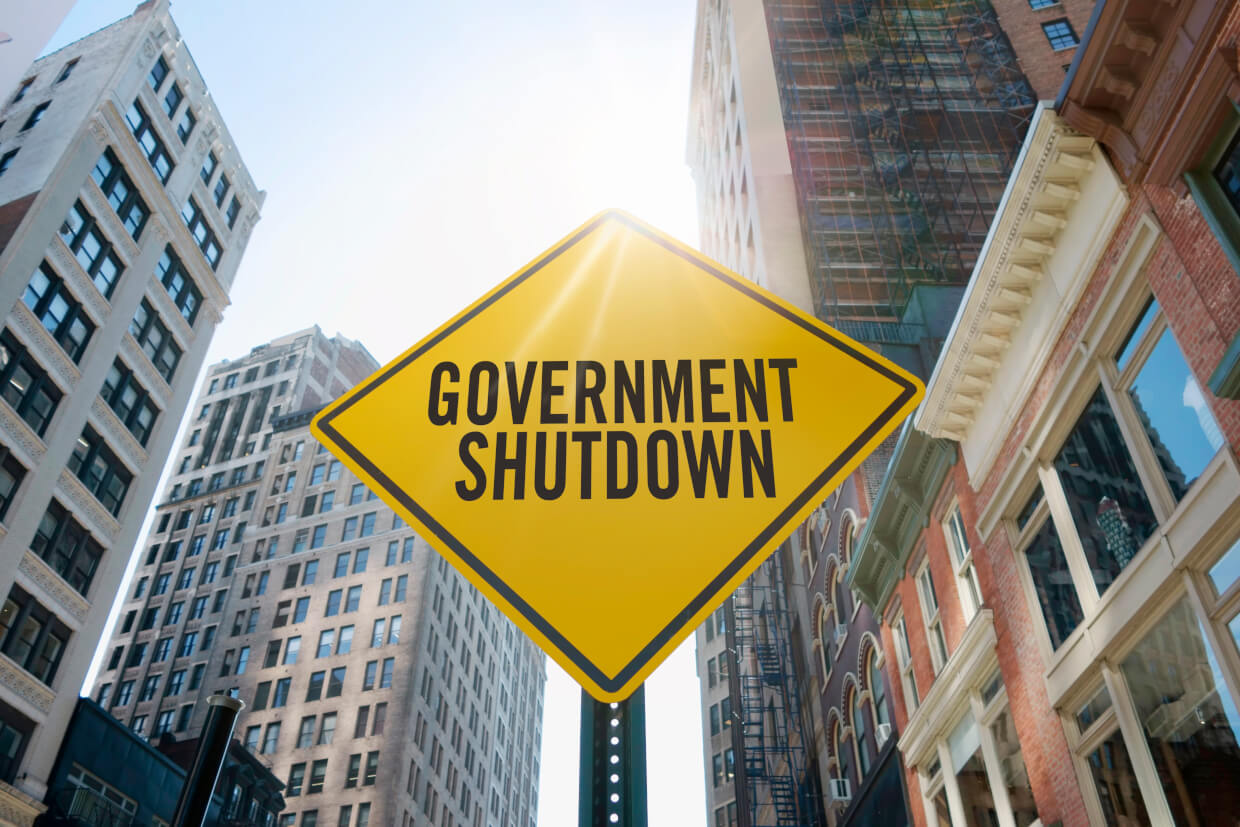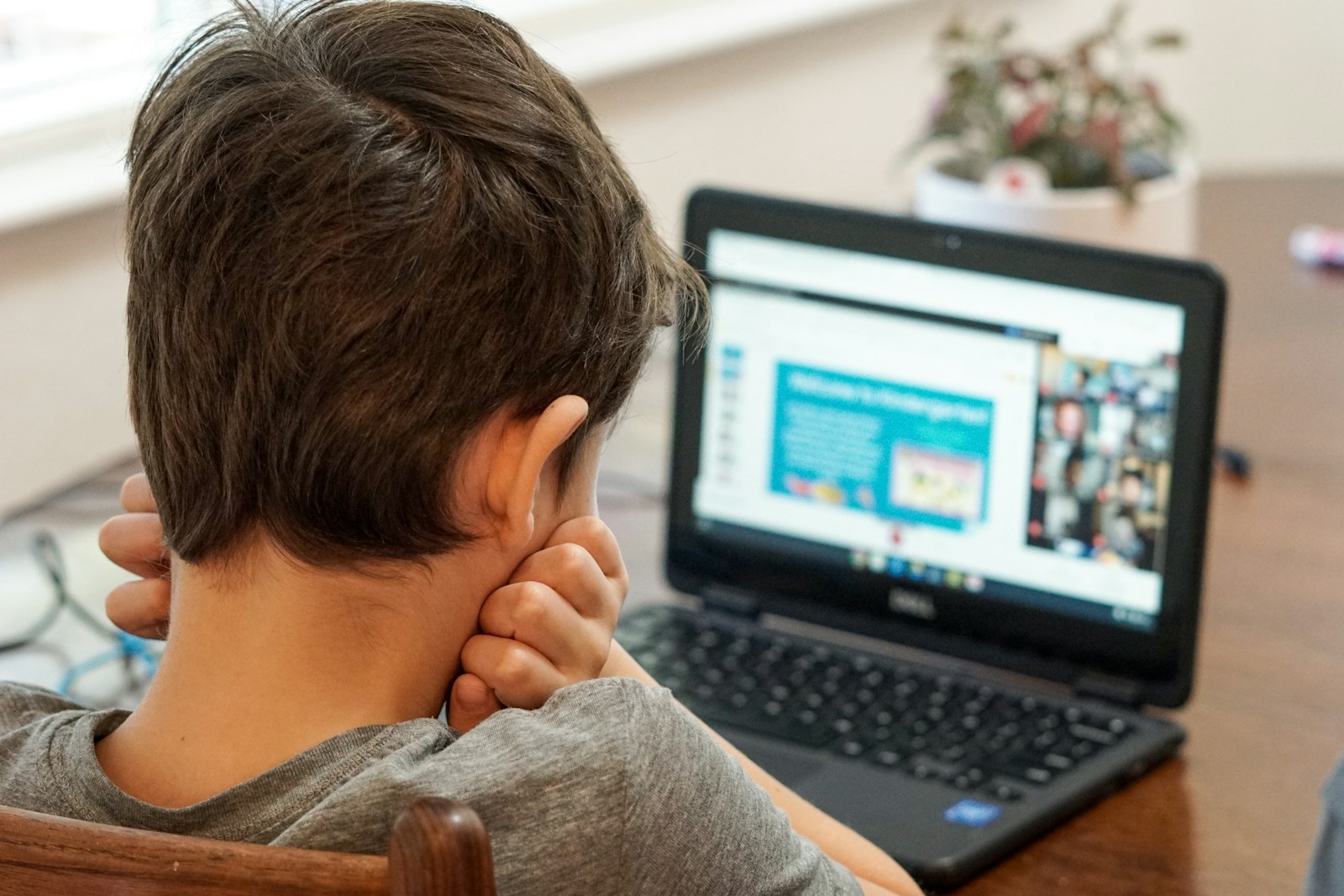The United States government has now been partially shut down for a record-shattering length of time. According to Forbes, roughly 800,000 federal workers are currently going without pay. Shutdown or not, the bills are still coming in for furloughed employees and even with a partial closure – yes, student loan payments are due. If you’re a borrower affected by the government shutdown, here’s your guide to if, how and what payback options may be available to help you to lessen the financial blow to your budget.
Enroll in an income-driven plan
In an income-driven repayment plan (or IDR), the amount you’re expected to pay is calculated based on how much money you make each month. Therefore, if you’re not receiving a paycheck during a furlough, your student loan payments could be as low as $0 per month for those who qualify. However, if you’re already enrolled in one of the plans below, but your income has recently changed, it might be a good idea to request a recalculation. Here’s a list of income-driven repayments plans that could help you lower your monthly payments.
- Pay As You Earn (PAYE): Your monthly payment is based on 10% of your discretionary income. You could qualify for this plan if you took out your loans after October 1, 2007.
- Revised Pay As You Earn (
REPAYE ): In the same way as the PAYE plan, your monthly payment is based on 10% of your discretionary income. However, it doesn’t matter when you took out your student loans; everyone qualifies regardless of the date you received your loan. - Income-Contingent Repayment (ICR): Borrowers who can’t prove any type of financial hardship may still qualify for this repayment plan. Your monthly payment is based on 20% your discretionary income.
- Income-Based Repayment (IBR): Everyone could qualify for this repayment plan. Your monthly payment is based on 15% of your discretionary income.
After 10-20 years of qualifying payments, you could qualify for student loan forgiveness in all four income-driven plans listed above.
Postpone your payments
If you’re still struggling to make ends meet, but aren’t interested in changing your repayment plan – a deferment or forbearance may be your best bet. Deferment and forbearance programs are meant to help ease the stress of hefty payments during a financial hardship such as a state of emergency, or even a shutdown. Furthermore, such repayment plans helps put a temporary stop on your payments until your financial situation improves – or until your allotted 36 months run out. Please note that interest may still accrue even while payments are on hold.
If you need help figuring out which repayment plans you could qualify for, Docupop may be able to help. Click below to get your questions regarding student loan debt answered.
References
https://www.debt.org/students/obama-pay-as-you-earn/
https://blog.ed.gov/2019/01/federal-employees-manage-student-loans-government-shutdown/
https://studentloanhero.com/featured/income-based-repayment-plan/




Leave a Reply